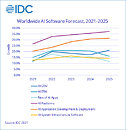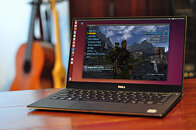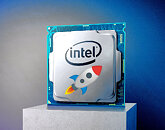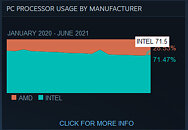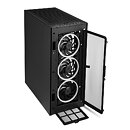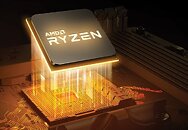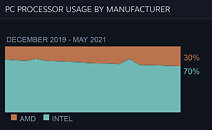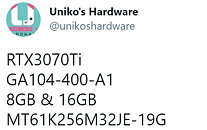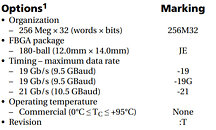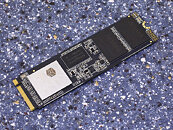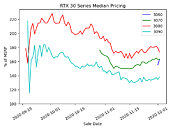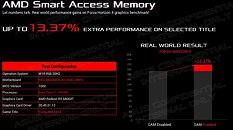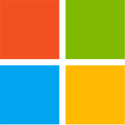
Intel Xe-HPG Arc Alchemist Graphics Card Alleged Pricing Points Towards $650-$825 Range
Intel's Arc Alchemist lineup of graphics cards, based on Xe-HPG GPU configuration, is nearing the launch. With the current situation with AMD and NVIDIA GPUs outputting graphics card prices over the default MSRP, we wonder how Intel would place pricing of its upcoming GPUs and fit inside the market. And today, we got the first round of speculations based on Intel's Arc Alchemist GPU giveaway called Xe-HPG Scavenger Hunt. There are two principal bundles: one worth $900 that includes Intel Arc merchandise, Xbox Game Pass PC for six months, Intel Premium Arc Alchemist graphics card, and one worth $700 that consists of three months of Xbox Game Pass PC, Intel Arc merchandise, and Intel Performance Arc Alchemist graphics card.
According to some preliminary calculations from Tom's Hardware, we assume that with the $900 bundle containing one Premium Arc Alchemist GPU and other prizes, the card will cost as much as $825 when all things get removed. Going down the ladder, Intel has paired a bundle worth $700 with a Performance Arc GPU, which is roughly worth $650 on its own. It indicates that the two Intel Performance and Premium Arch Alchemist graphics cards are respectfully worth $650 and $825. What will the final pricing look like? We don't know. However, we assume that it could be very similar to this. For more information we have to wait for the official launch.
According to some preliminary calculations from Tom's Hardware, we assume that with the $900 bundle containing one Premium Arc Alchemist GPU and other prizes, the card will cost as much as $825 when all things get removed. Going down the ladder, Intel has paired a bundle worth $700 with a Performance Arc GPU, which is roughly worth $650 on its own. It indicates that the two Intel Performance and Premium Arch Alchemist graphics cards are respectfully worth $650 and $825. What will the final pricing look like? We don't know. However, we assume that it could be very similar to this. For more information we have to wait for the official launch.











